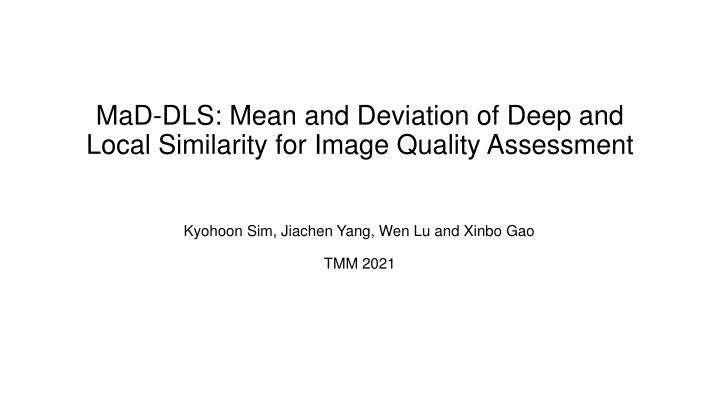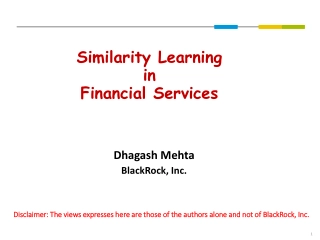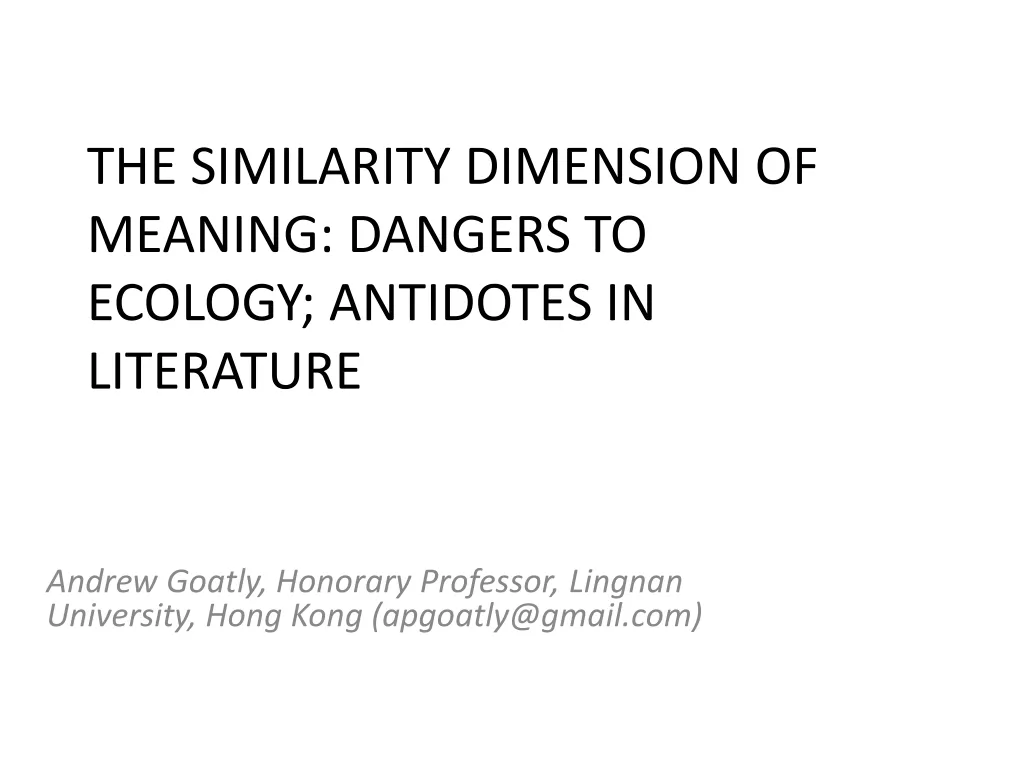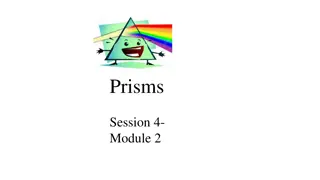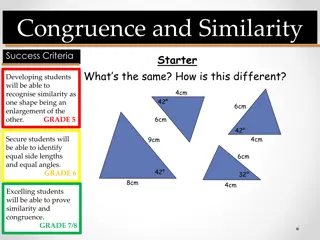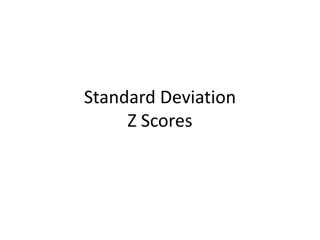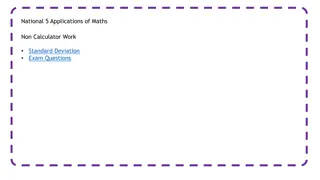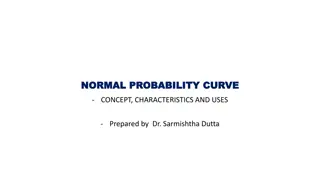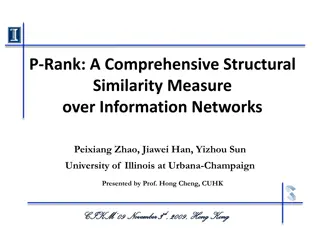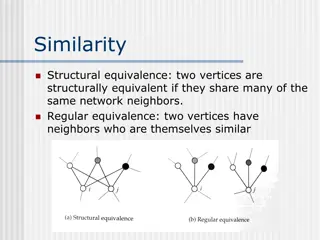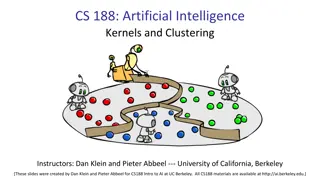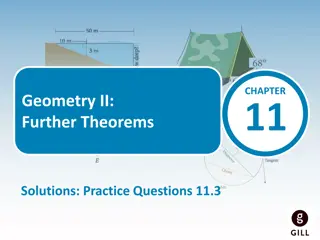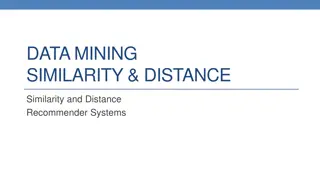MaD-DLS: Mean and Deviation of Deep and Local Similarity
Contributed by Kyohoon Sim, Jiachen Yang, Wen Lu, and Xinbo Gao in TMM 2021, the MaD-DLS framework introduces a novel pooling strategy for image quality assessment. It involves calculating an overall quality score from local quality scores by comparing deep features of images and conducting statistical analyses on deep feature maps. The framework includes steps such as extracting DF maps, using the Prewitt filter to extract edges, locally comparing edge maps to produce DLS maps, and implementing MaD pooling, alongside observations on MSEs and subjective scores.
Download Presentation

Please find below an Image/Link to download the presentation.
The content on the website is provided AS IS for your information and personal use only. It may not be sold, licensed, or shared on other websites without obtaining consent from the author.If you encounter any issues during the download, it is possible that the publisher has removed the file from their server.
You are allowed to download the files provided on this website for personal or commercial use, subject to the condition that they are used lawfully. All files are the property of their respective owners.
The content on the website is provided AS IS for your information and personal use only. It may not be sold, licensed, or shared on other websites without obtaining consent from the author.
E N D
Presentation Transcript
MaD-DLS: Mean and Deviation of Deep and Local Similarity for Image Quality Assessment Kyohoon Sim, Jiachen Yang, Wen Lu and Xinbo Gao TMM 2021
Contributions Motivated by visual perception, we propose a FR-IQA method by comparing deep features of images We propose a new pooling strategy named MaD pooling to calculate a overall quality score from local quality scores
Deep Feature Map and Image Quality A statistical analysis is conducted on the deep feature maps (DF maps) in TID2013 Mean values of MSEs between the original DF maps and distorted DF maps are calculated for each distortion type and level
Deep Feature Map and Image Quality Mean of MSEs (subjective score)
Deep Feature Map and Image Quality Observations from the table The mMSEs monotonically increase with the decrease of the subjective scores for 22 distortion types among 24 ones In case of the non-eccentricity pattern noise (NEPN), level 2 has a better subjective quality score than level 1, which is well detected by DF maps In case of the contrast change (CC), the mMSEs do not properly reflect the perceptual quality because contrast adjustment sometimes improves the perceptual quality of the image
MaD-DLS Framework 1. Extract DF maps (by pretrained VGG) 2. Extract edges by the Prewitt filter 3. The edge maps are locally compared to produce the deep and local similarity (DLS) maps 4. MaD pooling
Mean and Deviation (MaD) Pooling Mean pooling: weighted by a visual saliency (VS) map Std pooling: DF-level score:
Mean and Deviation (MaD) Pooling MaD-DLS Index
Comments Pros: Good performance on various distortion types Comparison by edge maps is novel Cons: The introduction and motivation are not attractive Results on individual distortion types are not presented
